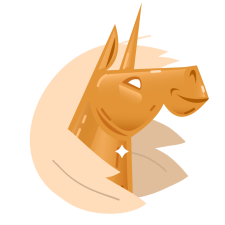Install Steam
login
|
language
简体中文 (Simplified Chinese)
繁體中文 (Traditional Chinese)
日本語 (Japanese)
한국어 (Korean)
ไทย (Thai)
Български (Bulgarian)
Čeština (Czech)
Dansk (Danish)
Deutsch (German)
Español - España (Spanish - Spain)
Español - Latinoamérica (Spanish - Latin America)
Ελληνικά (Greek)
Français (French)
Italiano (Italian)
Bahasa Indonesia (Indonesian)
Magyar (Hungarian)
Nederlands (Dutch)
Norsk (Norwegian)
Polski (Polish)
Português (Portuguese - Portugal)
Português - Brasil (Portuguese - Brazil)
Română (Romanian)
Русский (Russian)
Suomi (Finnish)
Svenska (Swedish)
Türkçe (Turkish)
Tiếng Việt (Vietnamese)
Українська (Ukrainian)
Report a translation problem








































Now, if you don't want to look up guides for maps and such, you can have wildeye to make spotting ambush locations and hidden doors easier, but you don't need it to be able to spot those, sometimes other party members will also notice something, it's just that wildeye means that the character has a higher chance of noticing something, which means it's still possible they won't notice something when it's there. Can't seem to figure out where to go, just investigate all the walls, or any room that seems like it may be an ambush room. As such wild eye isn't needed, but if you want someone to have it that's fine.